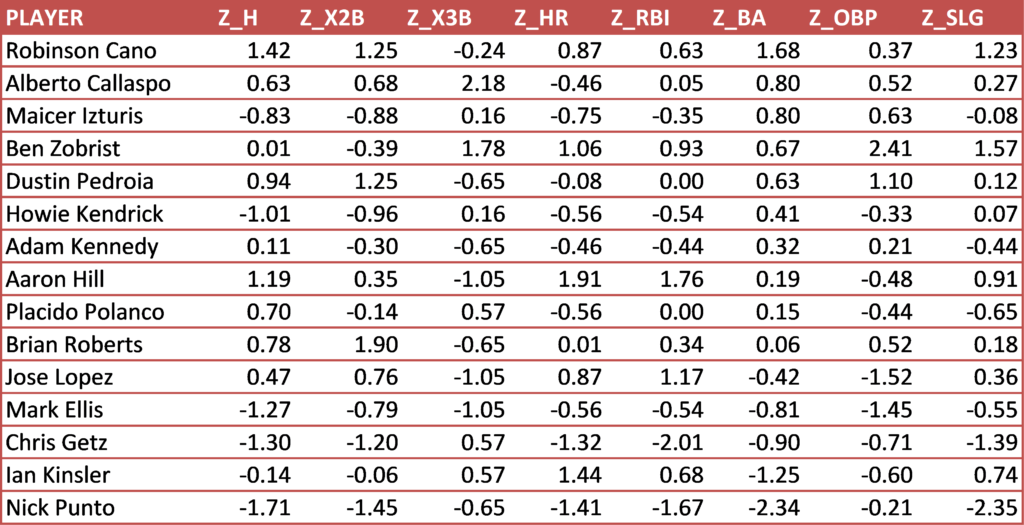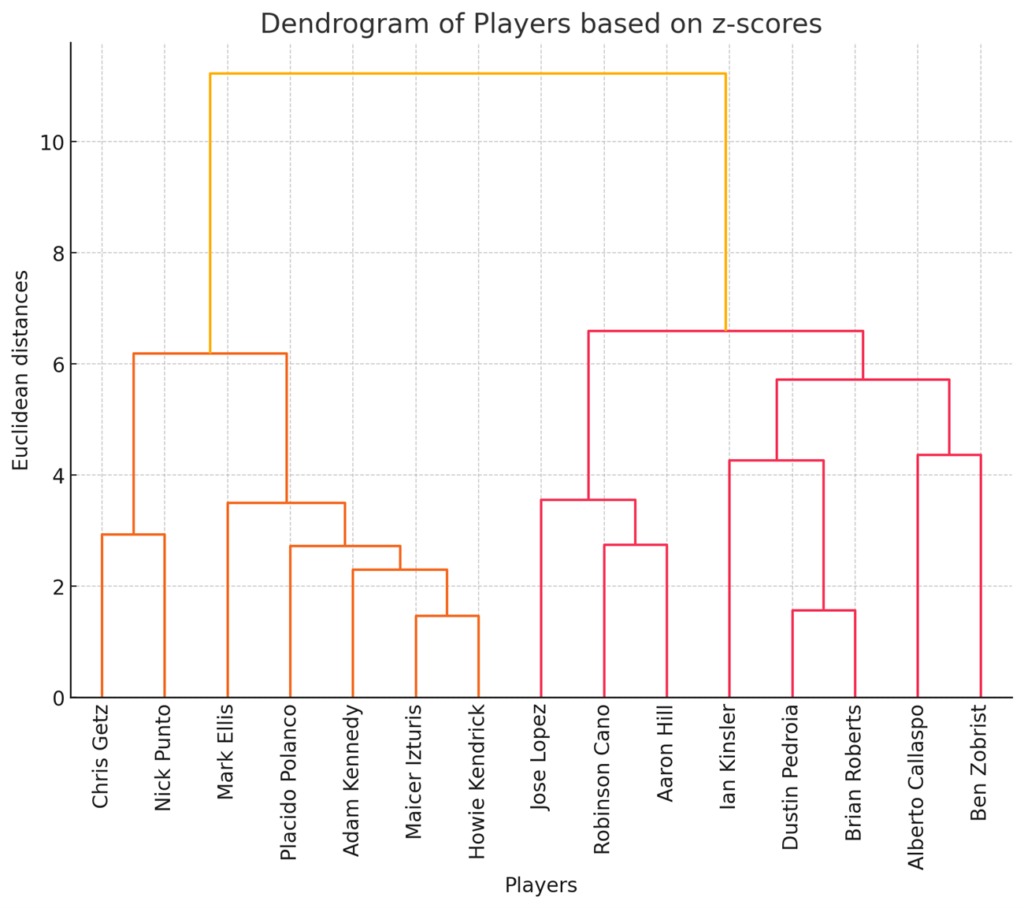Twilight Embrace
Roland stood on the edge of the pier, the salty sea breeze ruffling his thinning gray hair. The sunset cast a golden glow on the water, turning it into a shimmering mirror. He’d always loved this time of day, when the world seemed to slow down, the chaos of life pausing to catch its breath. But tonight, the sunset was more than just a daily spectacle; it was a backdrop to the thoughts that weighed heavily on his mind.
He heard her footsteps before he saw her, the soft patter of sandals on wood. He didn’t need to turn around to know it was Lila. She had a way of walking that was almost musical, each step a note in a melody that only he could hear. When she reached his side, she leaned on the railing, her youthful face glowing in the fading light.
“It’s beautiful, isn’t it?” she said, her voice as light and airy as the breeze.
Roland nodded, his eyes lingering on the horizon. “It is,” he agreed, though he wasn’t sure if he was still talking about the sunset.
He stole a glance at her, his heart tugging in that familiar, bittersweet way. Lila was young, vibrant, full of life—everything he no longer was. Her hair was a cascade of chestnut curls, her skin smooth and untouched by time. But it wasn’t just her youth that captivated him; it was the way she looked at the world, with wide-eyed wonder and an unshakable belief in endless possibilities.
He’d met her at the community center where he volunteered, teaching a creative writing class. She’d signed up on a whim, she’d said, looking for something to fill her summer days. But from the moment she walked in, Roland had been drawn to her. It wasn’t a sudden attraction, like a lightning strike. No, it had been gradual, a slow unfolding of admiration, respect, and something deeper that he hadn’t felt in years.
They’d spent hours talking after class, about books, music, and the dreams she had for her future. Lila was open, honest, her emotions unfiltered. Roland found himself sharing parts of himself that he’d kept hidden for decades. He felt alive in her presence, like a man much younger than his 63 years.
But as much as he cherished their connection, he couldn’t ignore the nagging voice in the back of his mind. He was old enough to be her father, perhaps even her grandfather. What could she possibly see in him? The thought haunted him, twisting his emotions into knots. Was it wrong to feel this way? Was it foolish?
Lila turned to him, her eyes catching the last rays of the sun. “Roland, you’re awfully quiet tonight.”
He forced a smile, hoping it didn’t look as strained as it felt. “Just lost in thought, I guess.”
She tilted her head, studying him in that way she had, as if she could see right through to the core of him. “You know, age is just a number,” she said softly, as if reading his mind.
His breath caught in his throat. “Lila, I—”
She reached out, placing a hand over his. It was warm, comforting, grounding him in the moment. “You make me happy, Roland. Isn’t that what matters?”
The simplicity of her words hit him like a wave. All the doubts, the fears, the self-recrimination—they seemed to dissipate in that instant, carried away on the breeze. He looked into her eyes, seeing only sincerity there, and something that might have been love.
He squeezed her hand gently. “Yes, Lila. That’s all that matters.”
And as the sun dipped below the horizon, casting the world into twilight, Roland felt something within him shift. He didn’t know what the future held for them, but for the first time in a long time, he was willing to embrace the unknown.











 Table 2. AL Second Basemen Z-Scores, 2009
Table 2. AL Second Basemen Z-Scores, 2009
